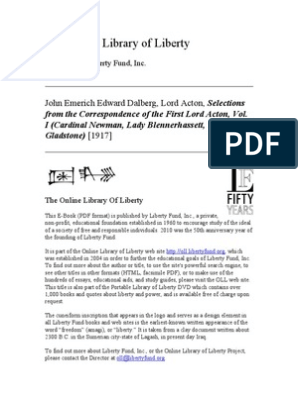0% found this document useful (0 votes)
23 views15 pages9373-1 Unique
The document discusses the socio-economic, political, and cultural factors leading to the disintegration of Pakistan in 1971, highlighting issues such as unequal development and political injustices. It also evaluates the consensus-building process among political elites for the adoption of the 1973 Constitution, emphasizing the importance of national unity and compromise. Additionally, it outlines the salient features of the 1973 Constitution, including fundamental rights, federal structure, and the role of the judiciary.
Uploaded by
shahzadmehmood001Copyright
© © All Rights Reserved
We take content rights seriously. If you suspect this is your content, claim it here.
Available Formats
Download as DOCX, PDF, TXT or read online on Scribd
0% found this document useful (0 votes)
23 views15 pages9373-1 Unique
The document discusses the socio-economic, political, and cultural factors leading to the disintegration of Pakistan in 1971, highlighting issues such as unequal development and political injustices. It also evaluates the consensus-building process among political elites for the adoption of the 1973 Constitution, emphasizing the importance of national unity and compromise. Additionally, it outlines the salient features of the 1973 Constitution, including fundamental rights, federal structure, and the role of the judiciary.
Uploaded by
shahzadmehmood001Copyright
© © All Rights Reserved
We take content rights seriously. If you suspect this is your content, claim it here.
Available Formats
Download as DOCX, PDF, TXT or read online on Scribd
/ 15























































































